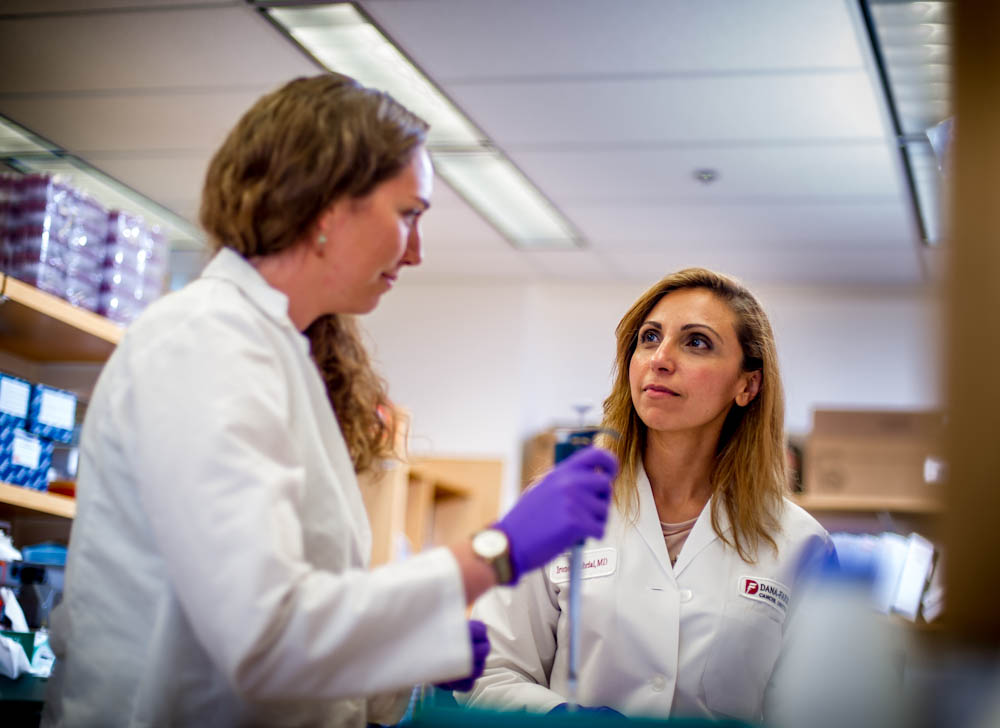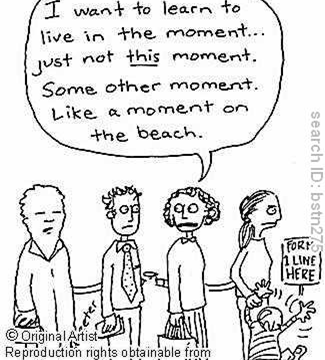Insight: News and Information from Dana-Farber
"Thousands of people learn each year – usually after a routine blood test – that they have a condition that may develop into a blood cancer such as leukemia, lymphoma or multiple myeloma. The news is often followed by an equally surprising addendum: the condition won’t be treated until it becomes a full-fledged cancer.

Robert Soiffer, MD, chief of the Division of Hematologic Malignancies at DF/BWCC and co-principal investigator at the BCPC
The lack of treatments for such “precursor conditions” places patients in an awkward limbo: seemingly healthy but waiting for their disease to progress to the point where it’s treatable. Scientists have puzzled over why some people with these conditions go on to develop cancer quickly while others never do, and whether treatment could arrest the disease at the precursor stage.
Advances in genomic technology have given researchers the tools to study the switch from precursor condition to cancer at unprecedented depth. By understanding the fundamental changes that occur in cells’ DNA – and when those changes occur – investigators hope to break the process down to its key components and, ultimately, develop targeted therapies capable of bringing the process to a halt.
To lead that effort at Dana-Farber/Brigham and Women’s Cancer Center (DF/BWCC), researchers have joined to create the Blood Cancer Prevention of Progression Clinic (BCPC), the first such facility in the United States. Comprised of experts in a variety of hematological (blood) disorders, the clinic has begun collecting tissue samples from patients with precursor conditions and from those with advanced disease. The samples will be analyzed to tease out genomic differences between early- and later-stage disorders, and identify which ones lead the march toward cancer.
“In cancer, we’re always looking to diagnose malignancies in their earliest stages, when they often can be treated successfully,” says Robert Soiffer, MD, chief of the Division of Hematologic Malignancies at DF/BWCC and co-principal investigator at the BCPC. “In many hematologic malignancies and disorders, precursor conditions provide this kind of advance notice. The challenge now is to use this knowledge to our advantage – to learn how to ‘read’ the tissue of patients with precursor conditions to determine which cases are likely to advance and which can benefit from early treatment.”
Precursor conditions take a variety of forms and go by a variety of names. Early myelodysplastic syndrome, a disease in which the bone marrow fails to make enough healthy blood cells, is often a precursor of acute myeloid leukemia (AML). Myeloproliferative neoplasms, growths that cause the bone marrow to produce too many blood cells, can also lead to AML. Smoldering multiple myeloma, which occurs when abnormal plasma cells arise in the bone marrow, is often a predecessor of multiple myeloma, a bone marrow cancer.

Irene Ghobrial, MD, medical oncologist in the DF/BWCC Jerome Lipper Multiple Myeloma Center, director of the Michele & Stephen Kirsch Laboratory, and co-principal investigator at Dana-Farber’s BCPC
Beyond their common identity as heralds of cancer, precursor conditions differ in how likely they are to progress to cancer, how quickly they will do so, and how they behave from one patient to another. Smoldering myeloma, for example, has a 50 percent chance of progressing to myeloma in two to three years, whereas a condition known as monoclonal gammopathy of undetermined significance has only a one percent chance, annually, of advancing to a cancer such as myeloma, lymphoma, orWaldenstrom’s Macroglobulinemia, says BCPC co-principal investigator Irene Ghobrial, MD, medical oncologist in the DF/BWCC Jerome Lipper Multiple Myeloma Center and director of the Michele & Stephen Kirsch Laboratory at Dana-Farber. She and Soiffer are joined by David Steensma, MD, and Benjamin Ebert, MD, PhD, both of the DF/BWCC Adult Leukemia Program, as the new clinic’s co-principal investigators.
“At this point, we don’t have a reliable way of determining which patients’ conditions are likely to progress and which are likely to remain stable,” Ghobrial remarks. “We’re hoping that research at the BCPC will enable us to better determine who is at greatest risk of progression and are the best candidates for treatment.”
.JPG)



















